Why do we age? Discover Ayurveda's answer here
| Authored by: Tayyaba |
| Reviewed by: Kapil Dhameja |
| Estimated Reading Time: 7 minutes |
Tring, Tring…The alarm rang. Eyes open wide. Sleepover, sweet dreams over. Clocks ticking— welcome back to the bounds of time. Our common experience— days pass by and time don't stop. We age day by day, transitioning from childhood to adulthood to old age— a universal process. What does Ayurveda— the renowned science of life— say about aging? Let’s learn together in today's blog. Ayurveda does not see aging as failure or a negative factor but as a natural process of life accompanied by different stages that should be lived with dignity and grace. We cannot stop time, but our way of aging depends on how we nurture our body, mind, and spirit throughout life. We need to understand the complex organization of us— human beings— and the different dimensions that work together for us to be healthy. The soul, body, and mind need to be understood as a part of a whole; their connection demands that they work holistically, and that is what Ayurveda believes in. Let’s dive into its concepts to find out more about aging.
|
Table of Contents |
Why do we age?

In Ayurveda, there are four pillars for sustaining life:
-
The body
-
The senses
-
The mind
-
The soul
These pillars demand harmony and balance for a person to remain healthy. With time, they start falling gradually, and we begin to age. However, it is not just the number of years passing by, but the peace, wisdom, and balance we learn and live by. Aging, or jara, is described as becoming old by the act of deterioration and degeneration of bodily tissues and organs.
Unlock the word: “Jara” is the Sanskrit term for aging that literally means “decline” or “deterioration.” “Vardhakya” is used synonymously for it, meaning “increase of age.”
Ayurveda classifies jara into two categories:
-
Kalaja jara: This refers to timely or chronological aging that is predetermined and cannot be controlled.
-
Akalaja jara: This refers to untimely or premature aging that happens before its prescribed time—can be regarded as biological aging that is more intense.
The concept of Doshas
Doshas are fundamental energies found in our body made up of combinations of five elements, namely,
-
Earth
-
Water
-
Fire
-
Air
-
Space or ether
There are three types of doshas that are present in an individual but in unique proportions. Moreover, a human is born with a primary dosha that dominates all other doshas present, determining its temperament and features. They are:
-
Vata: the dosha of air and space (ether) elements
-
Pitta: the dosha of the fire and water elements
-
Kapha: the dosha of water and earth elements
Balance is the key purpose of Ayurveda. If we sustain it, aging is graceful and enriching. If neglected and any of the doshas become imbalanced, aging is fast and painful.
Why do we age: The role of doshas

Ayurveda defines different doshas and associates them with different life stages due to their influence on them. So, life can be seen as a natural rhythm, like the changes of seasons. Let’s look at how Ayurveda divides life stages due to the influence of doshas:
-
Kapha Stage (Childhood): This comprises childhood years from newborn to 16 years—the spring season of life full of cheerfulness, growth, and nourishment. The child’s body builds in this stage; there is immunity and stability due to the dominance of the Kapha dosha. We see chubby cheeks, glowing skin, and playfulness. Imbalance in Kapha leads to cold and mucus-related disorders.
-
Pitta Stage (Adulthood): The summer season of life is full of action and passion, from age 16 to 50 years, governed by Pitta dosha. This is the time period where vitality is at its peak. Digestion is good, skin looks radiant, and there's a lot of energy. Imbalances in Pitta dosha include stress, inflammation, premature aging, etc.
-
Vata Stage (Old Age): Our old age resembles the deep silence and dry winds of autumn and winter. This stage from 50 years onwards is dominated by Vata dosha with factors like decline, weakness, and creativity. A time when bones become weak, skin becomes saggy and thin, and we tend to forget things often. The most appreciative quality of this life stage is that Vata dosha brings creativity, wisdom, thoughtfulness, and detachment from the materialistic world.
The body’s Kapha-driven immunity and Pitta-driven energy disappear in this stage. Hence, Vata dominates, leading to aging—dryness, weakness, stiffness, and restlessness appear.
Doshas are responsible for these biological changes, as Ayurveda believes. However, there is no scientific backing for the existence of doshas yet Ayurvedic practitioners find their relevance and effectiveness when applied. Now, we will discuss the philosophical idea of change in life stages that resonates with the Ayurvedic idea of life stages.
Ashrama: The Philosophy of Life

The Ashrama system of life that deals with the social and spiritual stages of life emanates from ancient Indian philosophy that overlaps beautifully with Ayurveda’s dosha-based biological perspective. As we will discuss, the parallel between them will unfold. The ashrama stages are
-
Brahmacharya (till 25 years): This is the student era where one learns, disciplines oneself and raises the foundation of knowledge. The characteristics are celibacy, study, and character formation. It equates with the Kapha stage, where growth and development happen.
-
Grihastha (25-50 years): This is the era of responsibility where one marriage, children, career, societal duty and welfare are focused. Can you guess which stage this is? The Pitta stage, of course, is full of energy, productivity, and worldly duty.
-
Vanaspratha (50-75 years): V for Vanaspratha stands for the retired phase of life where one says goodbye to material duties and begins to focus on spirituality. V for Vata phase twins with this ashrama phase— old age, where weakness, lightness, and wisdom are at the center.
-
Sannayasa(75 and beyond): It represents complete abandonment of earthly attachments, possessions, and ambitions, with the only goal of achieving spiritual emancipation.
A sannyasī (one who has taken sannyasa) typically lives a simple, detached, and meditative lifestyle. They abandon their social and material commitments, frequently wearing saffron robes as a symbol of renunciation, and devote themselves to self-realization, service, and oneness with the divine.
So, in conclusion, Ayurveda’s medical perspective is in line with the ancient Indian philosophical perspective. Let’s discuss other important concepts of Ayurveda to understand aging better.
Dhatus and Ojas— The Symbol of Immunity
There are seven basic tissues, or dhatus, in the human body:
-
Rasa (plasma)
-
Rakta (blood)
-
Mamsa (muscle)
-
Meda (fat)
-
Asthi (bone)
-
Majja (marrow, nerves)
-
Shukra (reproductive tissues)
With time, they become weaker, which leads to aging.
Ojas: Consider two persons, A and B. A appears energetic and youthful, while B looks dull and aged. This is due to the abundant Ojas present in A and its deficiency in B. To define simply, Ojas is the life force that gives resilience and strength to the body against diseases. It represents immunity and longevity. When it is abundant and strong, the body can easily resist the wear and tear that comes with time.
Quote Time: “Ojas is our subtle ‘essence’ responsible for vitality, health, radiance, energy levels, strength, immunity in particular, vigour, longevity of life and overall mental, emotional and physical wellbeing.”
— Emma Newlyn Yoga
While aging is faster when there's a lack of Ojas. This means the pace of aging depends on the balance of Ojas, and hence, it becomes central to Ayurveda’s anti-aging approach. The replenishment of Ojas becomes crucial to slow down aging, for which a helpful table is given below:
|
Decrease in Ojas ↓
|
Increase in Ojas ↑
|
Rasayana: Ayurveda's Anti-aging approach
Rasayana is basically the science of rejuvenation— one of the eight branches of Ayurveda that focuses on sustaining youthfulness, immunity, and longevity.
Unlock the word: “Rasayana” is a Sanskrit word derived from the root words, rasa, meaning “essence,” and ayana meaning “path.” It is the science of promoting longevity that serves with herbal remedies used to maintain balance in the body as well as to reverse the effects of aging. The goal of rasayana is to optimize the quality of Rasa dhatu, which nourishes other tissues of the body, leading to abundant Ojas.
However, Rasayana therapy is not just about some herbs. It is a holistic program, just like its mother science, Ayurveda, that includes diet, lifestyle, herbal remedies, and psychological practices.
Ayurveda’s Holistic Approach
Unlike modern anti-aging methods like surgeries and fillers that only focus on external appearance, Ayurveda goes deeper into the problem and works against it from the roots. The biggest benefit of holisticism is long-lasting solutions and not quick fixes. Let’s talk about Ayurvedic solutions in different aspects of health that can aid us in aging gracefully:
Physical Health: We are required to be fit physically in order to combat premature aging. Ayurveda suggests for physical health:
-
Rasayana herbs can help manage aging at a physical level because they strengthen immunity and improve our stamina. Famous Rasayana herbs include
-
Ashwagandha: A strength-boosting and stress-relieving superherb
-
Amalaki (Indian gooseberry): A vitamin C powerhouse with immunity-boosting and anti-aging benefits.
-
Guduchi: An immunity-boosting and detoxifying herb
They are available in the form of powders, tablets, skincare products, and fruits (amalaki); therefore we can easily inculcate them in our lives. But we should also discuss with an Ayurvedic doctor for specific treatments due to our different health conditions.
-
Practices like oil massage (abhyanga) with sesame or coconut oil is helpful in improving blood circulation and overcoming joint stiffness. It also makes our skin supple and healthy.
-
A healthy diet with fresh fruits, vegetables, milk, ghee and nuts is crucial to maintain physical health. Proper digestion needs to be maintained by eating roughage and watery foods like cucumber, muskmelon and watermelon so that our body is free from toxins and our skin looks young and radiant.
Quote Time: “The aging process is influenced by the balance of Shareera (physical), Indriya (emotional), Satwa (psychological), Agni (metabolism), and Bala/Ojas (immunity).”
— AVP Research Foundation
Mental Health: Sharp memory and clarity of thought are important signs of good mental health.
How to achieve it?
To help against cognitive decline, Ayurveda offers solutions through:
-
Herbs that enhance memory and boost brain function (Brahmi, Mandukaparni, and Licorice.)
-
Regular mental activity like reading, studying, and meditation.
-
Sound sleep rejuvenates the brain and restores mental clarity and capacity.
Emotional and Spiritual Health: Emotional imbalances such as stress, anger, and grief can accelerate aging in a manner we do not take heed of. Moreover, it is proved by research that stress hastens aging. Besides this, there is a spiritual dimension. A person who is spiritually clear and strong worries less, sleeps better, and looks radiant. This is because of the accepting nature for the things that pass by and the things that come along with life. Good spiritual health reduces the effects of aging and supports immunity. Ayurvedic solutions for these aspects of health are
-
Herbs like Brahmi and Shankhpushpi promote emotional resilience by nourishing our nervous system.
-
Practices like breathing exercises and meditation calm down emotions.
-
Gratitude cultivation: we need to be grateful for whatever we have and this happens when we look at people below us and understand the importance of blessings we have.
-
Showing compassion and helping others help one feel good.
-
Positive relationships: the company matters— being with good people who value fostering good habits and inspire one to achieve them.
-
Journaling
-
Spending time in nature and with family and friends
-
Setting aside moments each day for reflection.
Conclusion: Can we reverse aging?
Aging is a natural process; it will happen as days pass, but the quality is in our hands. We can reverse the signs of premature aging with the help of precautions and mindful choices that Ayurveda teaches. Moreover, it is for us to embrace all life phases and live them beautifully and meaningfully. Premature aging results from bad lifestyle, poor diet, imbalances in doshas, stress, and careless living, while graceful aging is a result of consistent efforts, healthy choices, preserved ojas, and harmony of doshas. It's your choice; make your aging graceful or regretful!
There's a quote attributed to Mark Twain that says, “Age is an issue of mind over matter. If you don’t mind, it doesn’t matter.” Let's remember, “health is wealth” and make mindful choices from now on, whether it’s about food or medicine or practices or any other thing. By following Ayurveda's holistic approach, aging becomes less about passing years but more about mindful living and wisdom.
Recommended Products
Related Aticles:
Secrets to Ageless skin: What are the miracle foods to eat and disaster foods to avoid
The Quest for Ancient Anti-Aging Secrets from Around the World
Preventing aging skin: A detailed guide for skincare for men over 30
Calendar Age vs. Biological Age: Understanding the Difference
References
https://www.avpresearch.org/blog/single.php?id=45&utm_source=chatgpt.com
https://emmanewlynyoga.com/2015/11/19/ojas-the-vitality-of-life/
https://ijapr.in/index.php/ijapr/article/view/1615?utm_source=chatgpt.com
https://www.yogapedia.com/definition/5487/rasayana



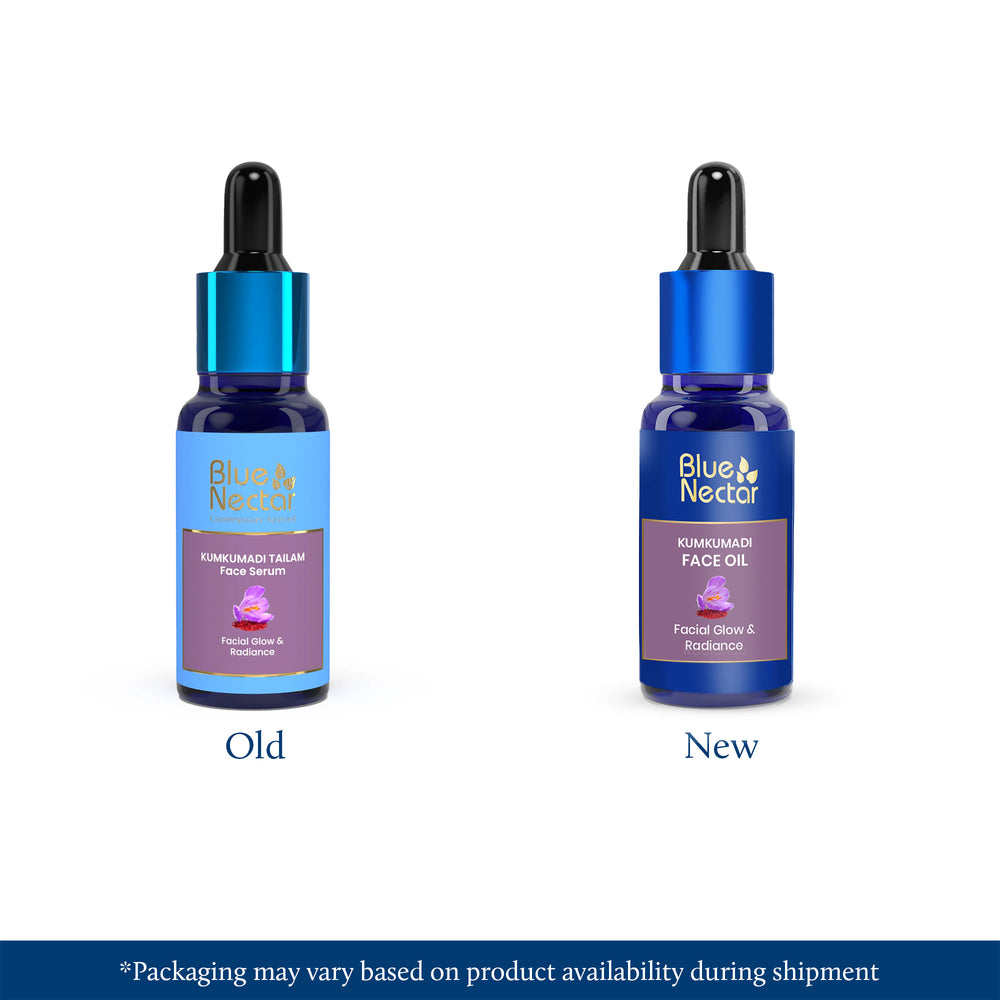
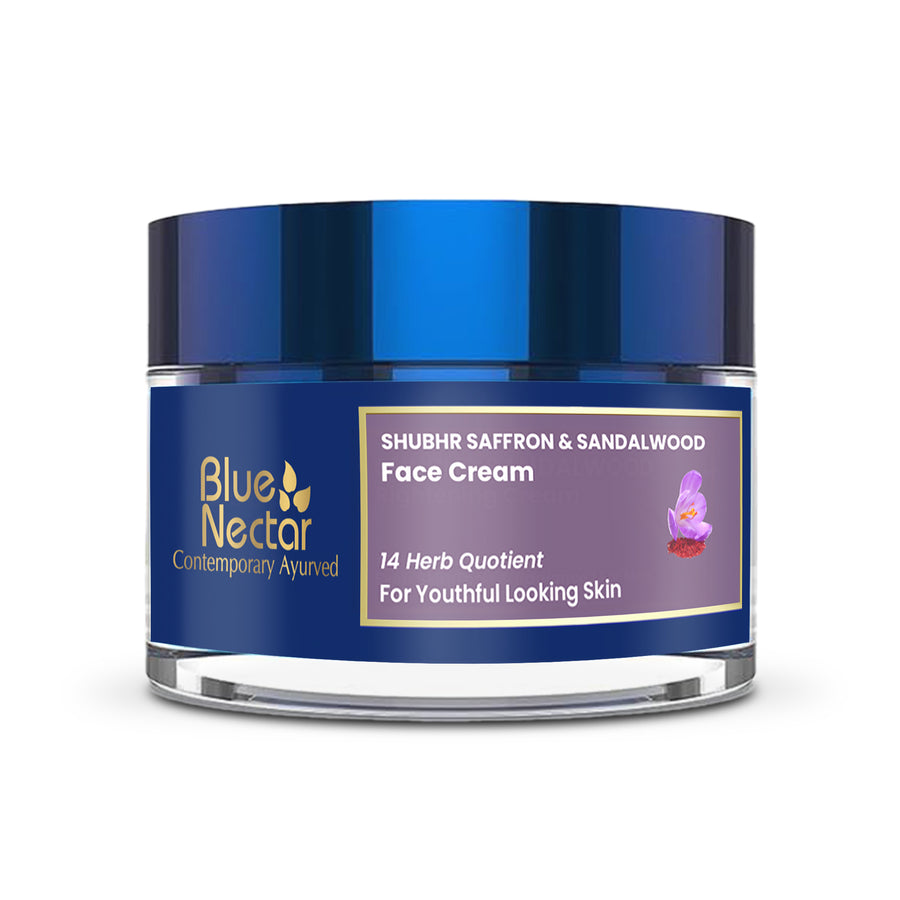
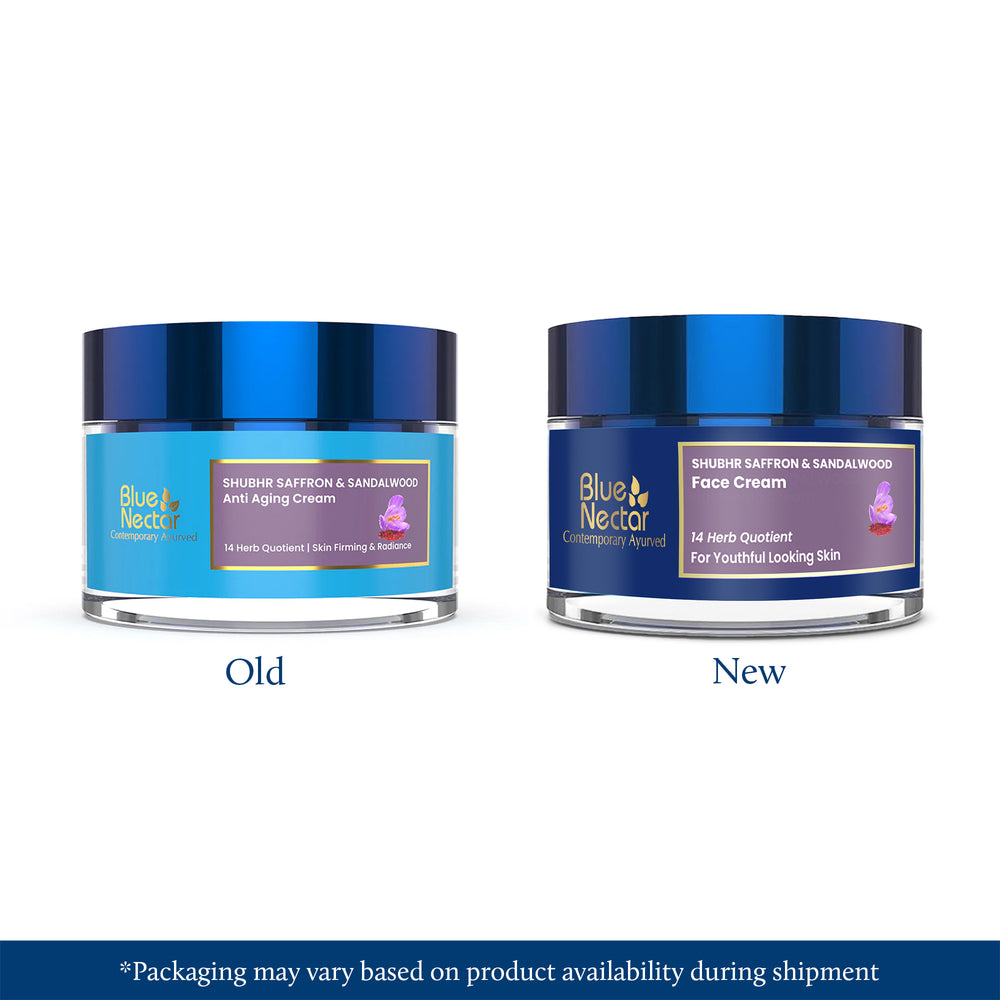



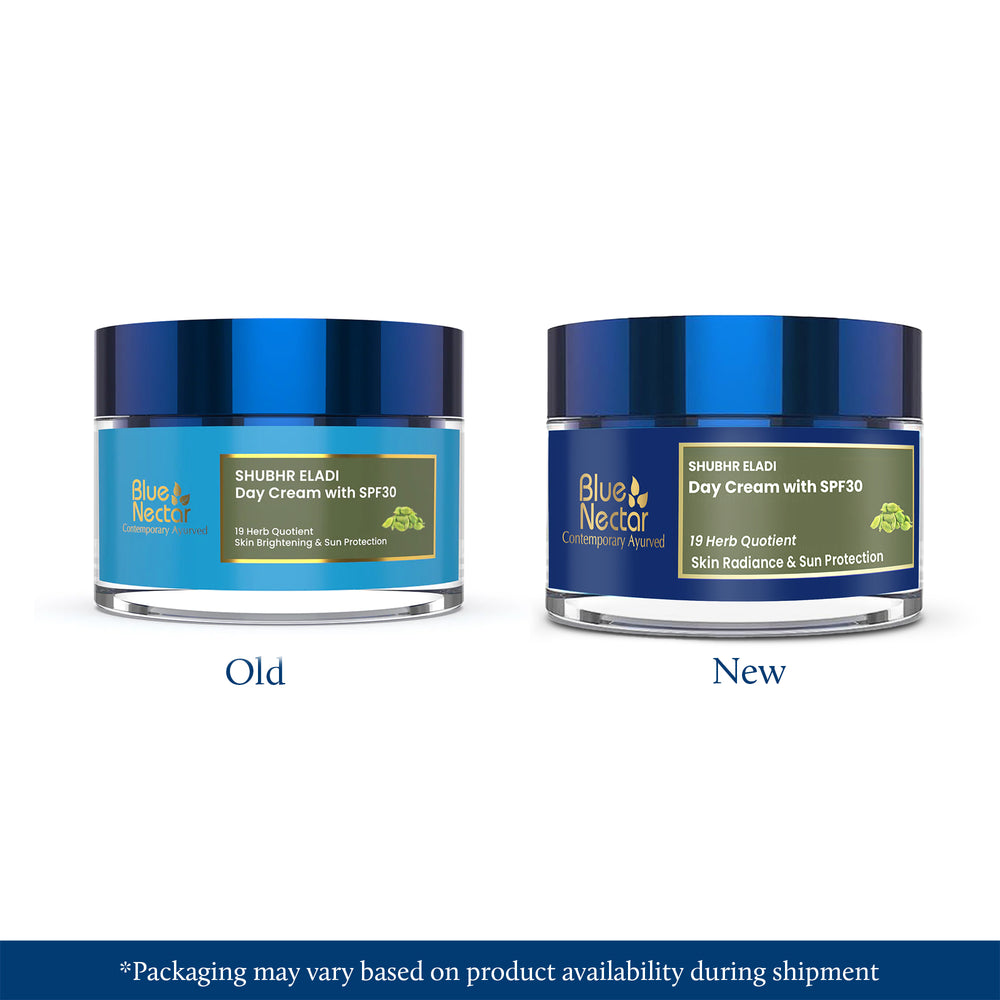
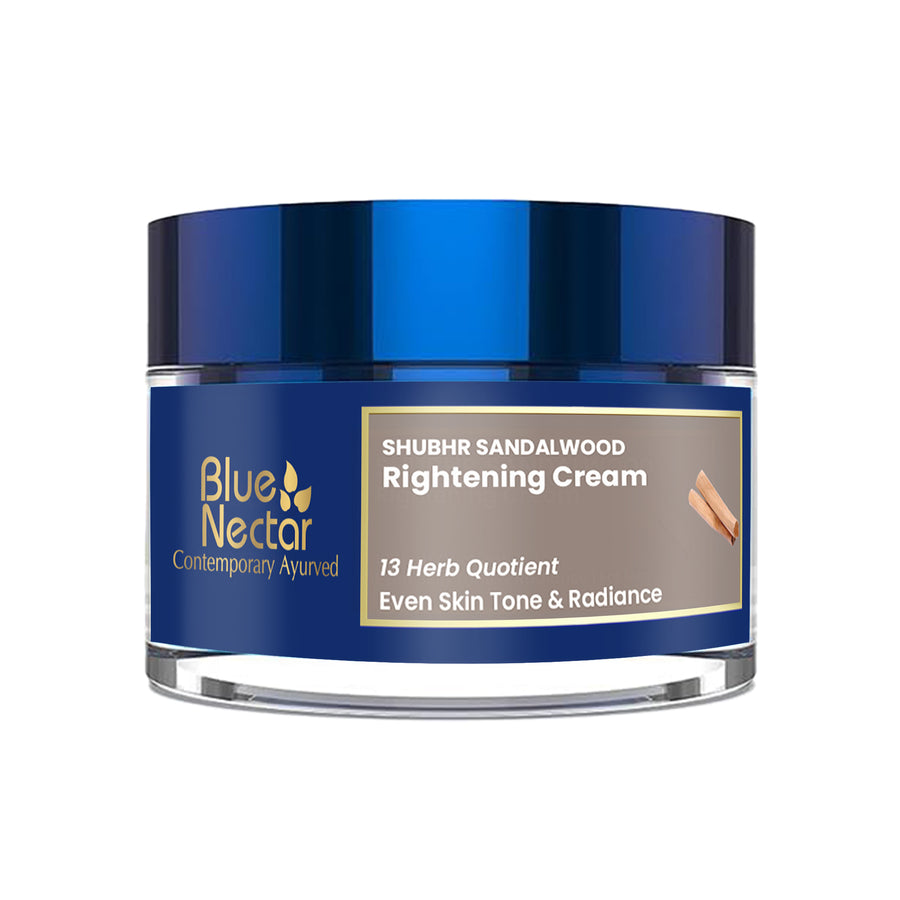
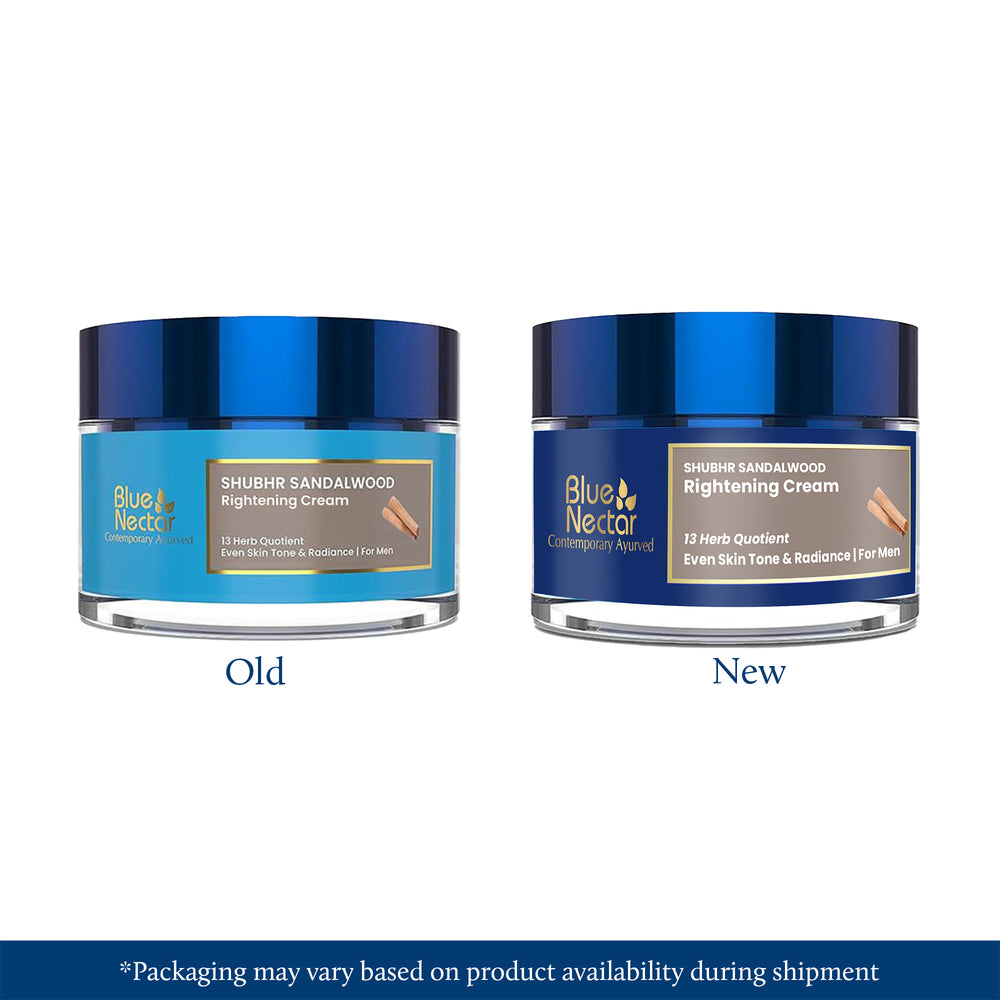




Leave a comment